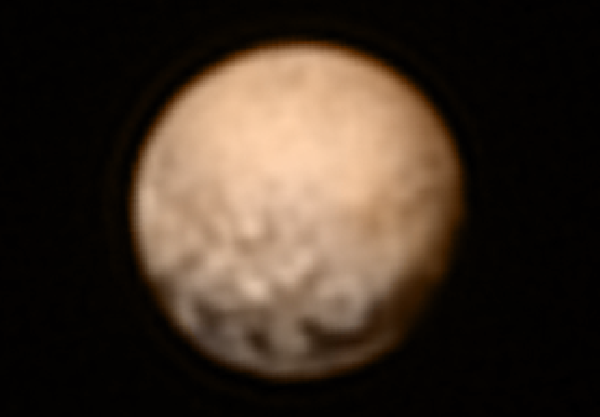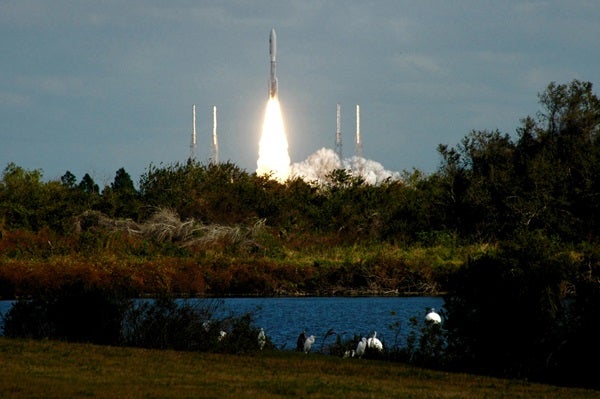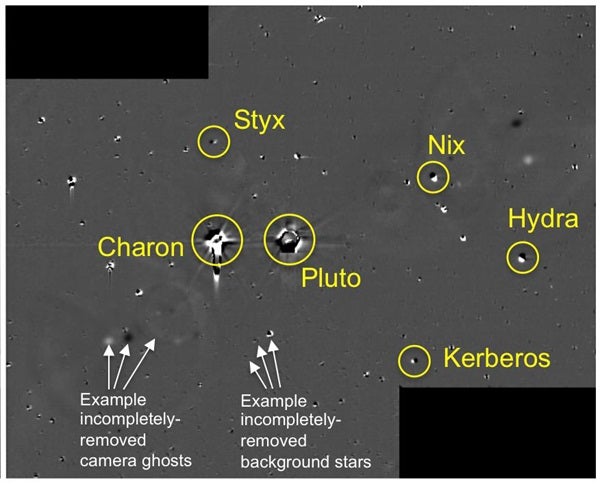Fasten your seat belts — the long-anticipated flyby of the Pluto system by NASA’s New Horizons spacecraft is only a week away. This landmark flyby represents both the first close-up examination of Pluto and its retinue of satellites and the capstone of the first era of reconnaissance of the planets.
The last time a spacecraft explored a new planet was in 1989 when Voyager 2 made its historic flyby of Neptune and its large moon Triton. Nearly half of all Americans alive today are too young to remember the experience and raw thrill of frontier exploration like this, when in just a matter of weeks, small points of light in a telescope grow into real worlds seen up close. Well, that is about to change.
New Horizons traces it roots back to the early 1990s. That’s when NASA began to study Pluto missions such as Pluto Fast Flyby, Pluto Express, and Pluto Kuiper Express. Some members of our project team, including me, were a part of those efforts and have worked ever since to see Pluto reconnoitered. NASA studied no fewer than four Pluto mission concepts over a decade and shelved or canceled every one before we even proposed New Horizons in early 2001.
After that proposal came a grueling competition among several experienced teams to win NASA’s “Pluto Kuiper Belt” mission — which we did in late 2001. That was followed by a four-year race to get New Horizons built in time for the last Jupiter gravity assist in the 21st century’s first decade and then a 9.5-year flight across our planetary system. Needless to say, a lot of people showed remarkable persistence and dedication to make this mission happen.
An Atlas V rocket topped with a Boeing STAR 48B solid rocket motor launched New Horizons on January 19, 2006. This ferocious combination of rocketry and New Horizons’ lightweight design produced the fastest spacecraft launch ever: 35,800 mph (57,600 km/h). We crossed the Moon’s orbit in just nine hours — almost 10 times as quickly as Apollo missions did. We reached Jupiter in 13 months — five times faster than the Galileo spacecraft and three times faster than the Saturn-bound Cassini probe. With the boost from a Jupiter gravity assist, this speed allows us to reach more distant Pluto several years faster than Voyager reached Neptune.
As called for in the 2003 Planetary Science Decadal Survey of the National Academy of Sciences, New Horizons is charged with exploring both the Pluto system and one or more small, primitive Kuiper Belt objects (KBOs) beyond. Accomplishing this will constitute the first exploration of a new class of planet — the ice dwarfs — the most prevalent class of planets in our current census of the solar system.
Related Superstars of Astronomy podcast: Alan Stern provides the inside scoop on the mission
Our Pluto flyby’s three top-level goals are to map the planet and its largest moon, Charon, map these two worlds’ surface compositions, and determine the composition, pressure-temperature structure, and escape rate of Pluto’s atmosphere. Other goals include making temperature and topographic maps of terrains on Pluto and Charon, searching for an atmosphere around Charon, studying all of Pluto’s four small moons, hunting for new moons and possible rings (which so far has turned up nothing new), and searching for an ionosphere at Pluto.
Achieving these objectives with the unprecedented capabilities of our instrument suite will provide a better understanding of Pluto and its satellites than any other first reconnaissance in the history of planetary exploration.












